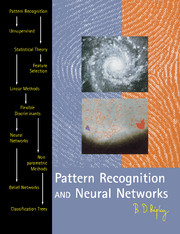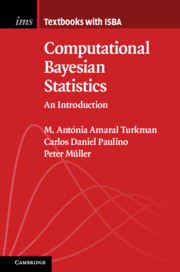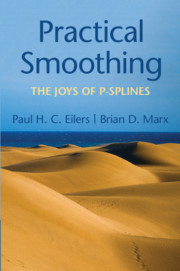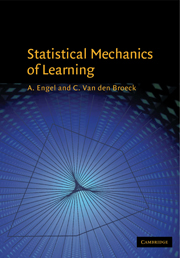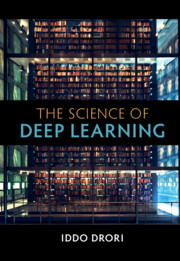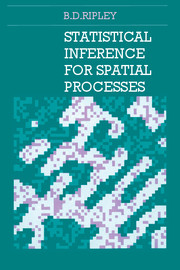Pattern Recognition and Neural Networks
This 1996 book is a reliable account of the statistical framework for pattern recognition and machine learning. With unparalleled coverage and a wealth of case-studies this book gives valuable insight into both the theory and the enormously diverse applications (which can be found in remote sensing, astrophysics, engineering and medicine, for example). So that readers can develop their skills and understanding, many of the real data sets used in the book are available from the author's website: www.stats.ox.ac.uk/~ripley/PRbook/. For the same reason, many examples are included to illustrate real problems in pattern recognition. Unifying principles are highlighted, and the author gives an overview of the state of the subject, making the book valuable to experienced researchers in statistics, machine learning/artificial intelligence and engineering. The clear writing style means that the book is also a superb introduction for non-specialists.
- The most reliable account of the subject available - now in paperback
- Unparalleled coverage with valuable insights into the theory and a wide range of applications
- Real case-studies, data sets and examples help build skills and understanding
Reviews & endorsements
"...an excellent text on the statistics of pattern classifiers and the application of neural network techniques...Ripley has managed...to produce an altogether accessible text...[it] will be rightly popular with newcomers to the area for its ability to present the mathematics of statistical pattern recognition and neural networks in an accessible format and engaging style." Nature
"...a valuable reference for engineers and science researchers." Optics & Photonics News
"The combination of theory and examples makes this a unique and interesting book." International Statistical Institute Journal
Product details
January 2008Paperback
9780521717700
416 pages
244 × 189 × 19 mm
0.88kg
41 b/w illus.
Available
Table of Contents
- 1. Introduction and examples
- 2. Statistical decision theory
- 3. Linear discriminant analysis
- 4. Flexible discriminants
- 5. Feed-forward neural networks
- 6. Non-parametric methods
- 7. Tree-structured classifiers
- 8. Belief networks
- 9. Unsupervised methods
- 10. Finding good pattern features
- Appendix: statistical sidelines
- Glossary
- References
- Author index
- Subject index.

